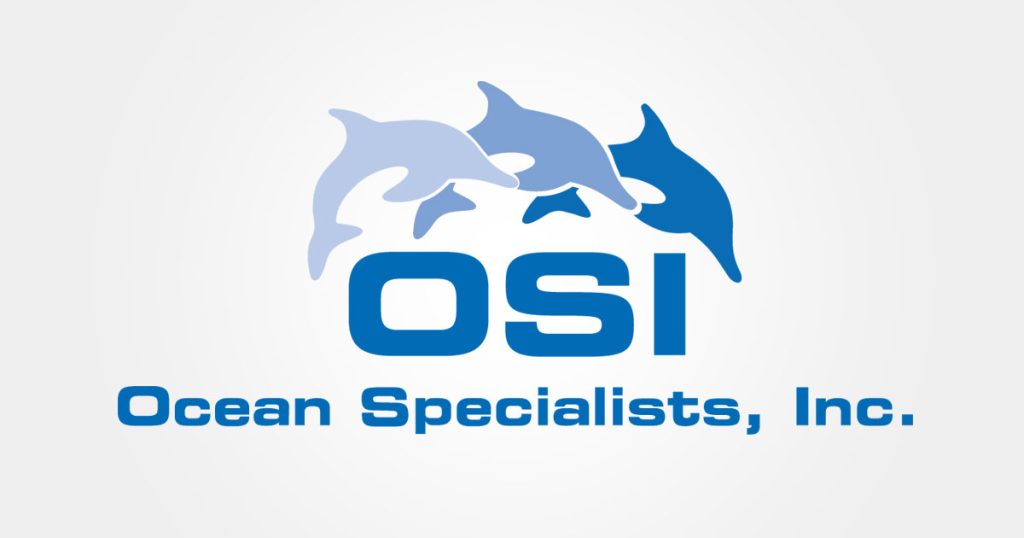South Florida data center and interconnection hub anchors new submarine cable between North America and Brazil
Ocean Specialists is proud to support all of its clients and we are happy to share when recent developments work in their favor. The following news release describes a recent milestone reached on Angola Cables’ Monet Submarine Cable.
Equinix, Inc.(Nasdaq:EQIX), the global interconnection and data center company, today announced it has been selected by the Monet Submarine Cable investors to provide U.S. facilities and services for the next-generation cable landing station architecture to support the Monet Submarine Cable System (“Monet”).
Monet is a planned submarine cable that is currently designed to deliver over 60 terabits of capacity between the U.S. and Brazil. Monet is owned by Algar Telecom (a Brazilian telecom company and ISP), Angola Cables (an Angolan telecom company operating in the wholesale market), Antel (the Uruguayan telecom company) and Google (together the “Monet Investors”). In addition to being a Monet Investor Google is also the U.S. landing party for Monet. Construction of the system is underway and is expected to be completed in 2017, terminating in the U.S. at Equinix’s MI3 International Business Exchange (IBX®) data center, which services the greater Miami metropolitan area.
Highlights / Key Facts
- Brazil is the largest national economy in Latin America, the world’s eighth largest economy at market exchange rates and the seventh largest in purchasing power parity (PPP), according to the International Monetary Fund and the World Bank. As global enterprises look to capitalize on the business opportunity in Brazil, they are finding that they also require more capacity to run IT operations including cloud-based applications. By connecting to Equinix data centers, Monet and its users can leverage Equinix’s mature business ecosystems and interconnection platform – Platform Equinix™ – which connects more than 8,000 global businesses in 40 markets around the globe.
- According to industry research firm TeleGeography’s Global Bandwidth Research Service, over a billion dollars will be spent in construction costs of sub-sea cables to Latin America and the Caribbean from 2015-2016, the second highest region globally. Currently, more than 99 percent of global data traffic is carried through submarine fiber cables, with less than one percent of the remaining traffic carried through satellite systems. This increased connectivity is expected to provide an ultra-low latency path for Equinix and Monet customers deployed between Miami and São Paulo.
- Networks are an essential part of business, education, government and home communications. Many residential, business, and mobile IP networking trends are being driven largely by a combination of video, social networking, and advanced collaboration applications, termed “visual networking.” To remain competitive, network operators are expanding their infrastructures to meet demand for these new services—and are turning to colocation data centers that not only offer all the network-to-network connectivity of a carrier hotel, but also act as aggregation points for concentrations of customers in network-centric industries.
- Monet will feature the latest high-quality 6-fiber-pair cable and optical transmission technologies, with an initial design capacity of greater than or equal to 60Tb/s (100Gb/s x 100 wavelengths x 6 fiber-pairs). This new cable system will be landed at Equinix’s Miami (MI3) data center in North America and will feature seamless connectivity to many neighboring cable systems to extend the capacity beyond Miami to other North American and European locations.
- In Brazil, Monet will land in Fortaleza and Praia Grande near São Paulo for distribution of traffic into South America. Landing facilities in those markets are to be provided by Angola Cables in Fortaleza and Google in Praia Grande.
- The U.S.-Brazil route is an increasingly used route as more businesses deploy in Latin America and require high-bandwidth connectivity between these markets. Equinix has seen a rise in sub-sea cable deployments as part of an increasing trend to upgrade capacity as legacy cables end their lifecycles. Monet continues this trend and is one of the first new fiber-optic networks connecting Brazil and the United States since 2001.
- Equinix’s Miami data centers are at the heart of one of the largest Internet exchange points in the world and serve as a major communications gateway to the commercial centers of Latin America. Equinix’s Miami colocation facilities are home to a dense concentration of financial services companies, cloud and IT providers, network service providers, ISPs, content delivery networks and enterprises, and provide the ability to serve Latin American.
Quotes
- Javier Emicuri, Antel CEO and Chairman of Monet Executive Committee:
“We’re pleased to celebrate this important announcement made by companies strongly committed to connect geographies, people, countries and cultures. Monet System combined with other local and regional investments will provide state-of-the-art connectivity technology to enable the development of value-added and new generations cloud services, including content distribution to the Latin American Market.”
- Tim Stronge, vice president, Research, TeleGeography:
“The decision to locate Monet’s Florida cable landing equipment at Equinix Miami represents a promising new trend in submarine cable communications. For cable owners, the elimination of a separate cable landing station simplifies network design and offers future savings on upgrades. For cable users, termination at a multi-tenant data center with rich interconnection opportunities greatly eases onward transport.”
- Ihab Tarazi, chief technology officer, Equinix:
“We are seeing strong demand from network, cloud and content customers looking to leverage our MI3 data center in Miami for access to the Latin American market. By offering direct connectivity to the Monet cable system and the possibility of a low latency route between São Paulo and Miami we can support the needs of key global customers looking to expand in the region.”
